|
Allocator |

|

|

|
||
|
Allocator |

|

|

|

|
Allocator

Allocator is used to create matched samples of respondents by using just one one survey. For example: if you are running a product test and there are two new products that you wish to test monadicaly using two separate matched samples then using allocator means that rather than setting up two separate surveys you can achieve the same result in just one survey.
Note: This can be an important cost reduction method if your sample provider charges a fee for each survey it manages for you. It is also a more efficient way of setting up the survey.
Working through an example will best demonstrate how this question type works.
You wish to survey two identical samples matched on sex and age for two different packaging designs of a certain product concept, Each sample has a sample size of 120 and each with the same sex and age quotas. The total number of surveys will therefore be 240.
First design and script your survey as though there was only one product. The questions to include in this simple survey would be:
Q1. Gender. What is your gender?
1. Male
2. Female
Q2. Age, How old are you?
1. 18-29
2. 30-49
3. Over 50
Q3 Purchase Propensity, Looking at this product how likely do you think you would be to purchase it?
1. Definitely not purchase it
2. Probably not purchase
3. Might or might not purchase,
4. Probably would purchase it
5. Definitely would purchase it.
A quota question type would be placed after the Age question and would be set according to the total sample of 240 - that is two matched samples of 120. The quota question parameter settings would look as follows:
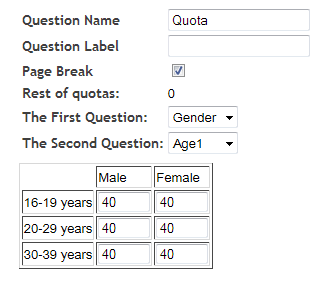
Now we need to use the "Allocator" question type to create two matched samples and show the two samples the different stimuli (test product 1 or test product 2) depending on which sample they have been assigned to.
To do this create an "Allocator" question type and place it after the quota question.
Note that the Allocator question does not need to go after the quota question but it is the only place for it in this example.
Next use the "Allocator" question type parameters to create two groups called A and B. This is achieved by clicking the "add group" icon (shown circled below) and giving the group a name, an embed text, and setting the percentage of respondents that you wish to be sent to this group. Since we are after two equal groups then set this percentage to 50. Do the same thing as above to create another group called B. Your screen should look like this.
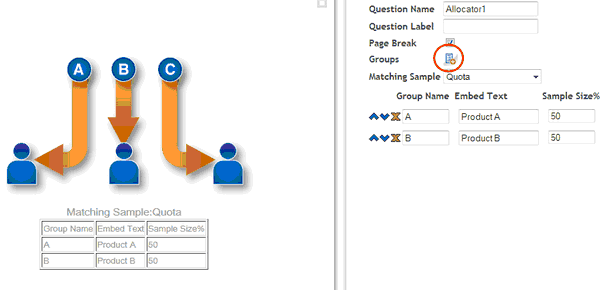
Now we need to tell the "Allocator" to match the samples by choosing the quota question type name from the dropdown labelled "Matching Sample:"
The quota question we set up earlier was called "Q_Sex_Age" so choose this from the drop down. (Circled below)
Your Allocator paramter settings should now look like this.

Now it is a simple step to create two instances of Q3 - Purchase Propensity, one with each of the two different test products and use a gate to control the flow. The gate would refer to the allocator question variables we created, A or B and would say - If Allocator1 = A then goto Q3_Product1 else Goto Q3_Product 2. A Freejump question type after Q3_Product 1 would make sure that those respondents allocated to Group A do not do the second product question - Q3_Product 2 which is for the respondents allocated to Group B.
The survey would look like this
The two demographic questions first:
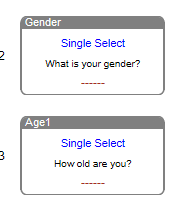
then the Quota question
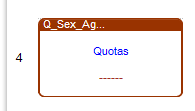
Then the Allocator question:

then the gate:
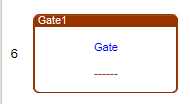
Note the gate parameters would look like this - referencing the Allocator variable A or B.
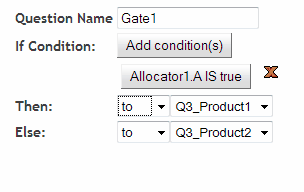
then the two different purchase questions populated with the different product stimuli, the free jump after the first product question, and the last question, an information question type which thanks the respondents and ends the survey.
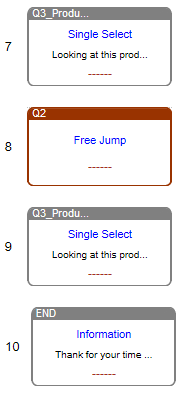
The logic of the above survey is:
The "Allocator" question randomly assigns each respondent to one of two groups and matches the samples according to the Quota question. Based on the group the respondent has been assigned to a Gate then sends the respondent to the appropriate section of the questionnaire to be completed.
Note that the Freejump is inserted after the first purchase question "Q3_Product1" so that those respondents who have been assigned to the Product A group of questions do not see the questions intended for respondents assigned to Group B.